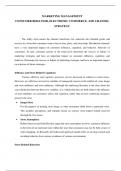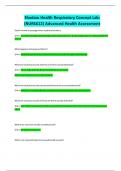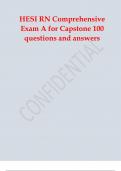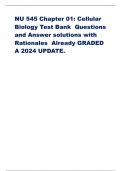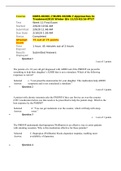Summary
Summary Consumer Behavior, Electronic Commerce, and Channel Strategy
- Institution
- London School Of Economics (LSE)
Summary about marketing management to discuss costumer action or customer behavior to have best selection strategy. E-commerce is one of the channel strategy for marketing management and trend in management.
[Show more]
